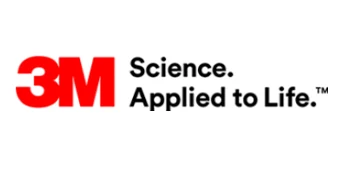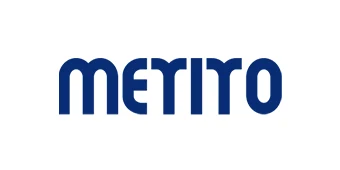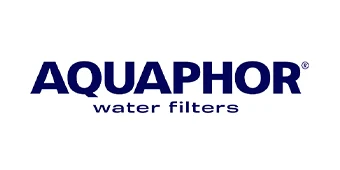| Inorganic salt deposits |
Significant decrease in salt rejection, increase in the feed-to-concentrate pressure drop, and slight decrease in the system productivity. |
Ammonia is adjusted to pH 4.0 by using 2% citric acid solution at 40 °C; pH 2–3 (0.5%) hydrochloric acid solution is also used for membrane cleaning. |
| Oxide/hydrated oxides (iron, nickel, copper, etc.) |
Significant fast decrease in salt rejection, significant fast increase in the feed-to-concentrate pressure drop, and significant fast decrease in the system productivity. |
Ammonia is adjusted to pH 4.0 by using 2% citric acid at 40 °C; sometimes pH 2–3 (0.5%) hydrochloric acid solution is also used for membrane cleaning. |
Mixed colloids (iron, organic
substances and silicates) |
Slight decrease in slat rejection, gradual increase in the feed-to-concentrate pressure drop, and gradual decreases in system productivity. |
Sulfuric acid is adjusted to pH 10.0 by using 2% sodium tripolyphosphate (STTP) solution at 40 °C; sometimes NaOH solution (pH < 10 ) is also used for membrane cleaning. |
| Calcium sulfate |
Considerable decrease in slat rejection, slight or moderate increase in the feed-to-concentrate pressure drop, and slight decrease in system productivity. |
0.8% EDTA (ethylene diamine tetraacetic acid) tetrasodium salt solution (0.25% sodim dodecyl benzene sulfonate solution may be used if necessary) is adjusted to pH 10.0 by using 2% sodium tripolyphosphate solution at 40 °C; sometimes NaOH solution (pH < 10 ) is also used for membrane cleaning. |
| Organic deposits |
Possible decrease in salt rejection, gradual increase in the feed-to-concentrate pressure drop, and gradual decrease in system productivity. |
0.8% EDTA (ethylene diamine tetraacetic acid) tetrasodium salt solution (0.25% sodim dodecyl benzene sulfonate solution may be used if necessary) is adjusted to pH 10.0 by using 2% sodium tripolyphosphate solution at 40 °C. |
| Bacteriological contamination |
Possible decrease in salt rejection, significant increase in the feed-to-concentrate pressure drop, and considerable decrease in system productivity. |
0.8% EDTA (ethylene diamine tetraacetic acid) tetrasodium salt solution (0.25% sodim dodecyl benzene sulfonate solution may be used if necessary) is adjusted to pH 10.0 by using 2% sodium tripolyphosphate solution at 40 °C; 0.1% NaOH is adjusted to pH 11.5 by using 0.03% sodim dodecyl benzene sulfonate solution. |




















